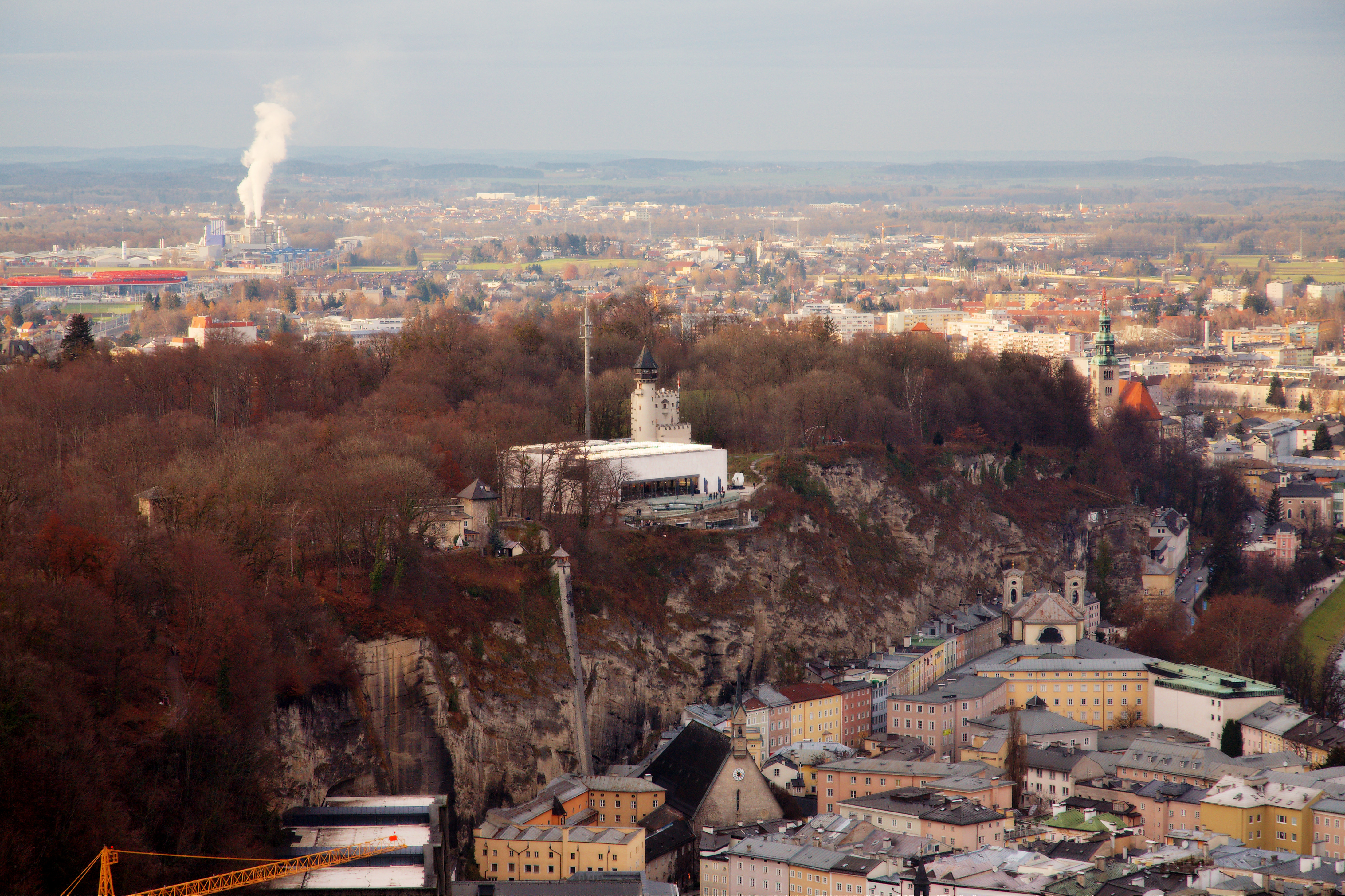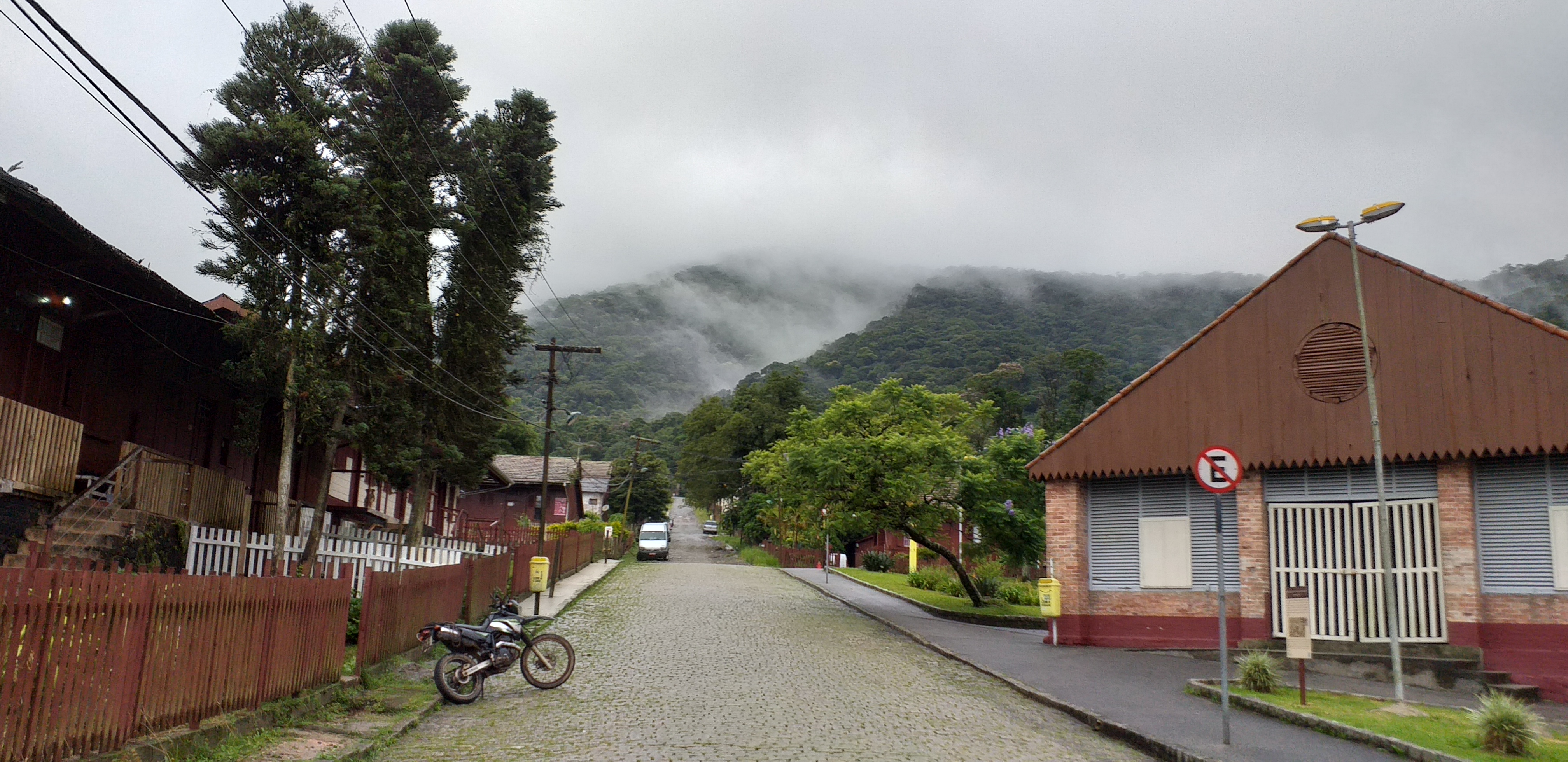|
Sigmundstor
The Sigmundstor, often still known as the Neutor, is a road tunnel in Salzburg that also forms one of the city gates of the historic Altstadt. It connects the Altstadt with the Riedenburg quarter through the Mönchsberg mountain. Built in the 18th century, it is the oldest road tunnel in Austria. The tunnel is long, wide and high. It is dug at an 8% incline, which helps drainage and lets natural light illuminate it. Today, and despite its narrow lanes, the Sigmundstor is an important and busy transport route, carrying both car traffic and routes 1, 8 and 10 of the Salzburg trolleybus system. To the north of the main tunnel is a newer parallel tunnel for pedestrians and cyclists. Initially, the tunnel was called ''Neutor'' and the square by the tunnel's eastern end was called ''Sigmundsplatz''. Later, the square was re-named ''Herbert-von-Karajan-Platz'' in honour of Herbert von Karajan, the long-serving creative director of the Salzburg Festival. The Sigmund name was moved ... [...More Info...] [...Related Items...] OR: [Wikipedia] [Google] [Baidu] |
Sigmundstor (Salzburg) - Gedenktafel
The Sigmundstor, often still known as the Neutor, is a road tunnel in Salzburg that also forms one of the city gates of the historic Altstadt. It connects the Altstadt with the Riedenburg quarter through the Mönchsberg mountain. Built in the 18th century, it is the oldest road tunnel in Austria. The tunnel is long, wide and high. It is dug at an 8% incline, which helps drainage and lets natural light illuminate it. Today, and despite its narrow lanes, the Sigmundstor is an important and busy transport route, carrying both car traffic and routes 1, 8 and 10 of the Salzburg trolleybus system. To the north of the main tunnel is a newer parallel tunnel for pedestrians and cyclists. Initially, the tunnel was called ''Neutor'' and the square by the tunnel's eastern end was called ''Sigmundsplatz''. Later, the square was re-named ''Herbert-von-Karajan-Platz'' in honour of Herbert von Karajan, the long-serving creative director of the Salzburg Festival. The Sigmund name was moved to ... [...More Info...] [...Related Items...] OR: [Wikipedia] [Google] [Baidu] |
Mönchsberg
The Mönchsberg, at above sea level, is one of five mountains in the city of Salzburg in Austria. It flanks the western side of Salzburg's historic city centre, and forms part of the city's UNESCO World Heritage Site. It is named after the Benedictine monks of St Peter's Abbey at the northern foot of the mountain. Geology The Mönchsberg shapes Salzburg's historic townscape with its long drawn back consisting of conglomerate (''Nagelfluh''). The massif is a solidified river crushed stone, deposed as a delta into the interglacial see (Mindel-Riss Interglacial), which was not cleared away thereafter by the glaciers protected from the hard limestone of the adjacent Festungsberg and so remained. Water ingressing into numerous bursts and cleavages can lead to falling stones and demolition of whole rock sections: In the early morning of 16 July 1669 tons of rock fell off the mountain on the ''Gstättengasse'' street below, killing about 230 citizens in their sleep by destroying ... [...More Info...] [...Related Items...] OR: [Wikipedia] [Google] [Baidu] |
Sigismund Von Schrattenbach
Sigismund Graf von Schrattenbach (28 February 1698 – 16 December 1771) was Prince-Archbishop of Salzburg from 1753 to 1771. Both Leopold and Wolfgang Mozart served under him. Life He was born in Graz, Styria, the son of Count Otto Heinrich von Schrattenbach and Maria Theresa, Countess of Wildenstein and widowed Baroness Gall von Gallenstein. After studying theology in Rome, Schrattenbach was ordained a priest in 1723 and obtained a seat in the Salzburg cathedral chapter in 1733. In 1747 he was appointed administrator of Hohenwerfen Castle, later also cathedral dean and privy councillor. He was elected Archbishop of Salzburg after the death of Count Andreas Jakob von Dietrichstein in 1753, after numerous rounds of voting he finally prevailed against rivalling Joseph Maria von Thun, Bishop of Gurk. During his tenure Leopold Mozart as well as his son Wolfgang Amadeus were appointed members of the episcopal court orchestra and he financed the grand tour across Europe. In 1 ... [...More Info...] [...Related Items...] OR: [Wikipedia] [Google] [Baidu] |
Salzburg Neutor West 04
Salzburg (, ; literally "Salt-Castle"; bar, Soizbuag, label=Austro-Bavarian) is the fourth-largest city in Austria. In 2020, it had a population of 156,872. The town is on the site of the Roman settlement of ''Iuvavum''. Salzburg was founded as an episcopal see in 696 and became a seat of the archbishop in 798. Its main sources of income were salt extraction, trade, and gold mining. The fortress of Hohensalzburg, one of the largest medieval fortresses in Europe, dates from the 11th century. In the 17th century, Salzburg became a center of the Counter-Reformation, with monasteries and numerous Baroque churches built. Salzburg's historic center (German: ''Altstadt'') is renowned for its Baroque architecture and is one of the best-preserved city centers north of the Alps. The historic center was enlisted as a UNESCO World Heritage Site in 1996. The city has three universities and a large population of students. Tourists also visit Salzburg to tour the historic center and the sc ... [...More Info...] [...Related Items...] OR: [Wikipedia] [Google] [Baidu] |
Altstadt Salzburg
The Historic Center of the City of Salzburg, also known as the Altstadt, is a district of Salzburg, Austria, recognized as UNESCO World Heritage Site since 1996. It corresponds with the historic city center, situated on the left and right banks of the Salzach river. The listing description is available under license CC-BY-SA IGO 3.0. The listing of the World Heritage Site describes it thus: "Salzburg has managed to preserve an extraordinarily rich urban fabric, developed over the period from the Middle Ages to the 19th century when it was a city-state ruled by a prince-archbishop. Its Flamboyant Gothic art attracted many craftsmen and artists before the city became even better known through the work of the Italian architects Vincenzo Scamozzi and Santini Solari, to whom the centre of Salzburg owes much of its Baroque appearance. This meeting-point of northern and southern Europe perhaps sparked the genius of Salzburg’s most famous son, Wolfgang Amadeus Mozart, whose name has been ... [...More Info...] [...Related Items...] OR: [Wikipedia] [Google] [Baidu] |
Trolleybuses In Salzburg
The Salzburg trolleybus system forms part of the public transport network serving Salzburg, capital of the federal state of Salzburg in Austria. Opened on 1 October 1940, it replaced the . One of only two such systems currently operating in Austria, the Salzburg trolleybus system is one of the largest trolleybus systems in western Europe. It presently carries 41 million passengers each year. Together with the Salzburger Lokalbahn, the system is currently operated by , which markets it under the name ''StadtBus Salzburg''. It is also integrated into the . Along with the Salzburg S-Bahn, it forms the backbone of the Salzburg's public transport network; the city's diesel bus network, operated by , plays only a minor role. History On 1 October 1940, the first trolleybus ran through the streets of Salzburg, on the Siegmundsplatz– Maxglan route, which is now part of line 1. A few days later, on 24 October 1940, the extension to Makartplatz followed, and on 10 November 1940, the li ... [...More Info...] [...Related Items...] OR: [Wikipedia] [Google] [Baidu] |
Road Tunnel
A tunnel is an underground passageway, dug through surrounding soil, earth or rock, and enclosed except for the entrance and exit, commonly at each end. A pipeline is not a tunnel, though some recent tunnels have used immersed tube construction techniques rather than traditional tunnel boring methods. A tunnel may be for foot or vehicular road traffic, for rail transport, rail traffic, or for a canal. The central portions of a rapid transit network are usually in the tunnel. Some tunnels are used as sanitary sewer, sewers or aqueduct (watercourse), aqueducts to supply water for consumption or for hydroelectric stations. Utility tunnels are used for routing steam, chilled water, electrical power or telecommunication cables, as well as connecting buildings for convenient passage of people and equipment. Secret tunnels are built for military purposes, or by civilians for smuggling of weapons, contraband, or people. Special tunnels, such as wildlife crossings, are built to a ... [...More Info...] [...Related Items...] OR: [Wikipedia] [Google] [Baidu] |
Die Grünen – Die Grüne Alternative
Die, as a verb, refers to death, the cessation of life. Die may also refer to: Games * Die, singular of dice, small throwable objects used for producing random numbers Manufacturing * Die (integrated circuit), a rectangular piece of a semiconductor wafer * Die (manufacturing), a material-shaping device * Die (philately) * Coin die, a metallic piece used to strike a coin * Die casting, a material-shaping process ** Sort (typesetting), a cast die for printing * Die cutting (web), process of using a die to shear webs of low-strength materials * Die, a tool used in paper embossing * Tap and die, cutting tools used to create screw threads in solid substances * Tool and die, the occupation of making dies Arts and media Music * ''Die'' (album), the seventh studio album by rapper Necro * Die (musician), Japanese musician, guitarist of the band Dir en grey * DJ Die, British DJ and musician with Reprazent * "DiE", a 2013 single by the Japanese idol group BiS * die!, an inactive German ... [...More Info...] [...Related Items...] OR: [Wikipedia] [Google] [Baidu] |
Road Tunnels In Austria
A road is a linear way for the conveyance of traffic that mostly has an road surface, improved surface for use by vehicles (motorized and non-motorized) and pedestrians. Unlike streets, the main function of roads is transportation. There are road hierarchy, many types of roads, including parkways, avenue (landscape), avenues, controlled-access highways (freeways, motorways, and expressways), tollways, interstates, highways, thoroughfares, and local roads. The primary features of roads include lanes, sidewalks (pavement), roadways (carriageways), median strip, medians, shoulder (road), shoulders, road verge, verges, bike paths (cycle paths), and shared-use paths. Definitions Historically many roads were simply recognizable routes without any formal construction or some maintenance. The Organisation for Economic Co-operation and Development, Organization for Economic Co-operation and Development (OECD) defines a road as "a line of communication (travelled way) using a stabiliz ... [...More Info...] [...Related Items...] OR: [Wikipedia] [Google] [Baidu] |




